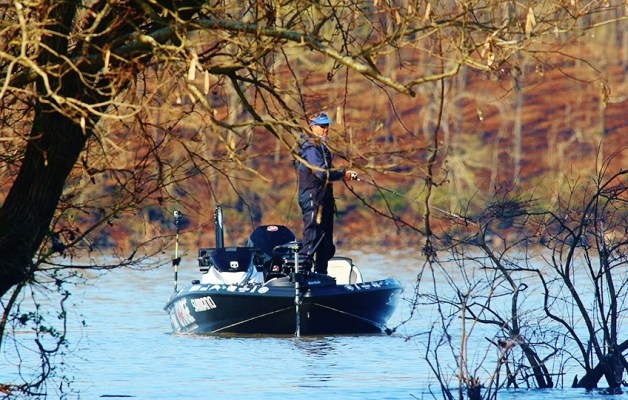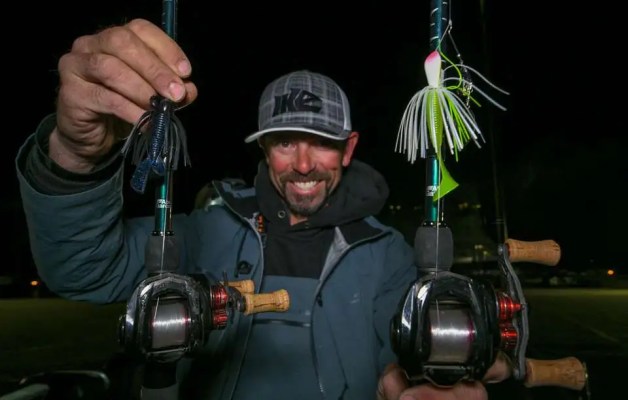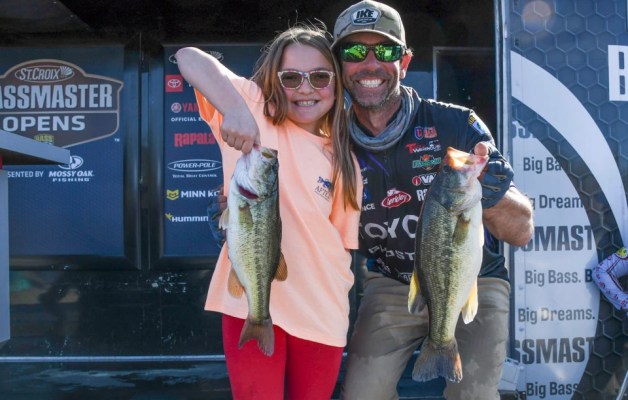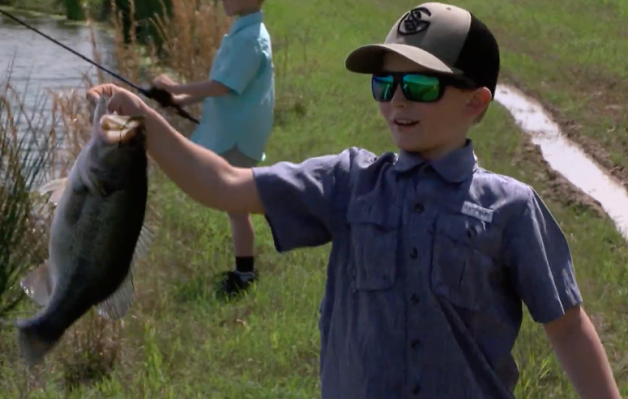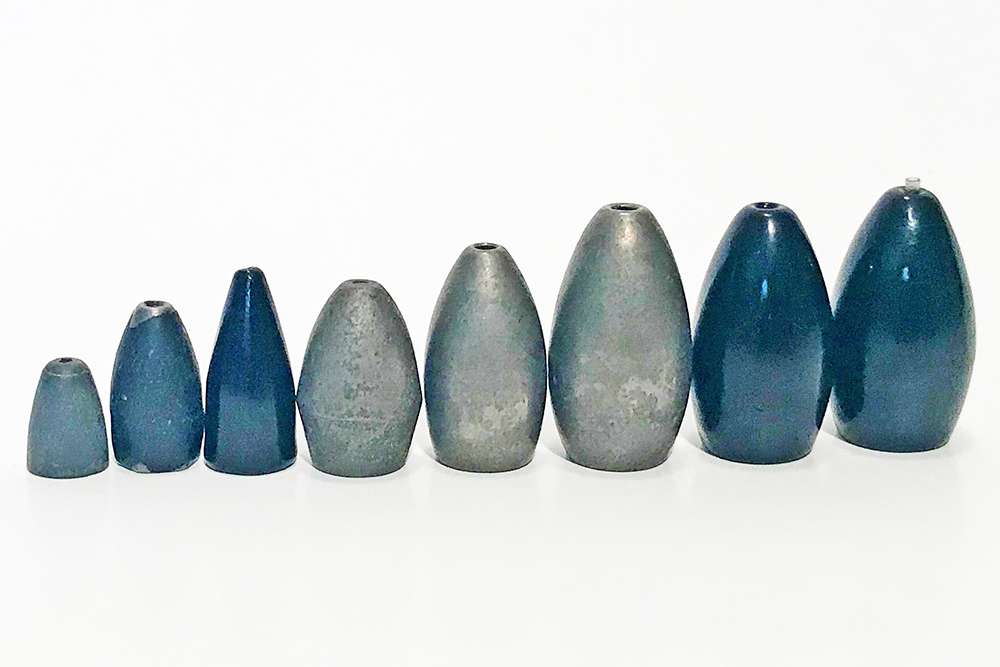
We’ve discussed selecting the right hook for a Texas-rig setup, but what about the correct nose weight?
Weight
With any Texas-rig setup, you need to start with a bullet-shape slip sinker or nose weight placed on the line in front of the knot and hook. The common weights used for Texas rigging can range from 1/32 ounce up to 2 ounces. Choosing the right weight for a specific Texas-rig application can be simplified by four simple considerations: Rate of fall, depth of the fish, vegetation or cover density and — most importantly — the wind.
Rate of fall
For example: If fishing a stickbait, such as a Senko, it glides through the water and slowly sinks to the bottom horizontally — often times enticing the bass to strike while it descends. A heavier weight could defeat its fish-attracting action — the bait may sink straight down. This is where it is best to employ a lightweight 1/32- to 1/8-ounce sinker. In some situations, maybe go a bit heavier depending on the conditions.
With larger worms that work best being dragged across bottom, heavier weights such as 3/8 to 1/2 ounce are needed to maintain constant contact with the bottom. However, this is not the only reason for the use of a heavy weight when using a large worm. An often overlooked technique is stroking a worm off the bottom, which is performed by lifting your rod tip swiftly and letting the bait fall on slack line, this method is best when fishing deep shell bars and other hard bottoms, triggering strikes as the bait falls. For this reaction-bite presentation, a 1/2- to 3/4-ounce weight is likely the best decision.
These are just two examples of the significance of the rate of fall. There are many times that fish prefer different rates of fall, faster or slower, sometimes due to overnight changes in water temperature or maybe the fish you visit frequently have been conditioned one way or the other. Experiment with the rates of fall, stick to the general guidelines above, but don’t hesitate to try different weights.
Depth of fish
Keep it simple here. The shallower the water, the less weight you need for the presentation to reach the strike zone. A 1/8-ounce weight is a solid choice for producing a slow-falling lure in skinny water (5 feet or less). When fishing in about 20 feet of water 1/4-, 5/16-, and 3/8-ounce options excel. This choice should be made based on the precise depth and fish location in the water column. When fishing deeper than 20 feet, a 1/2-ounce nose weight is ideal for fish holding tight to the bottom.
Vegetation and cover
Penetration is key with heavy cover and vegetation. In matted grass, moss or other vegetation consider a 1-, 1 1/2-or even a 2-ounce weight to reach bass under a canopy of thick aquatic vegetation. If you are fishing sparse pads, reeds or shallow bushes, a 1/2-ounce weight will do the job. Make these decisions based on the density of the cover. Remember, if the bass cannot see your lure, they won’t find it and eat it.
Wind
All rules above do not exceed Mother Nature’s force. When the wind is strong, even with finesse style baits, you need to equip your Texas rig with a heavier weight than what might be considered normal. The wind resistance against your line will affect the fall of the bait, castability and the ability to detect bites.
Remember these four weight dynamics the next time your outfit your Texas rig.
Part 1 | Part 2 | Part 4 | Part 5 | Part 6
Editor’s Note: Are you new to bass fishing? Explore our Bass Fishing for Beginners page to find dozens of tips for new bass anglers.

